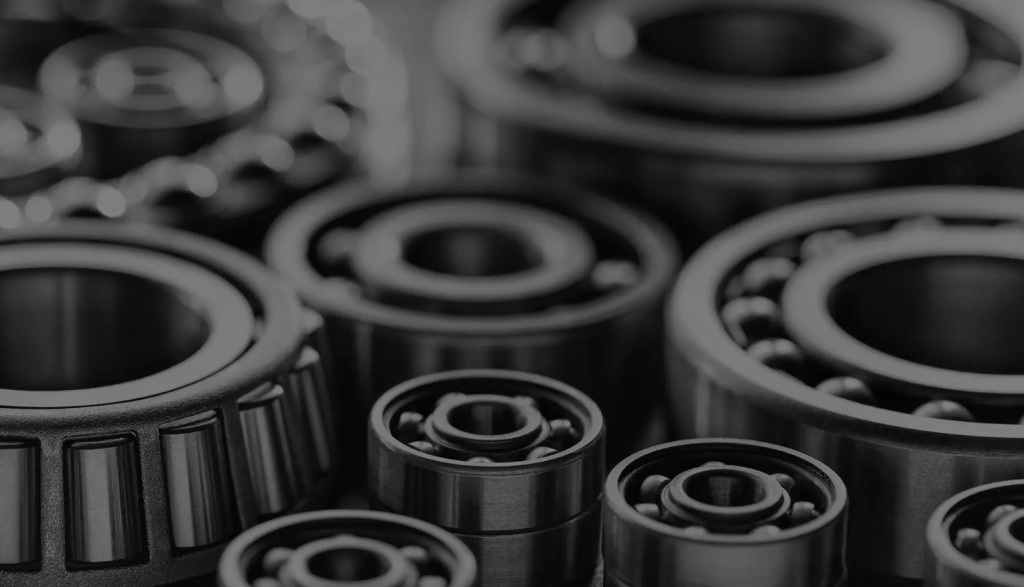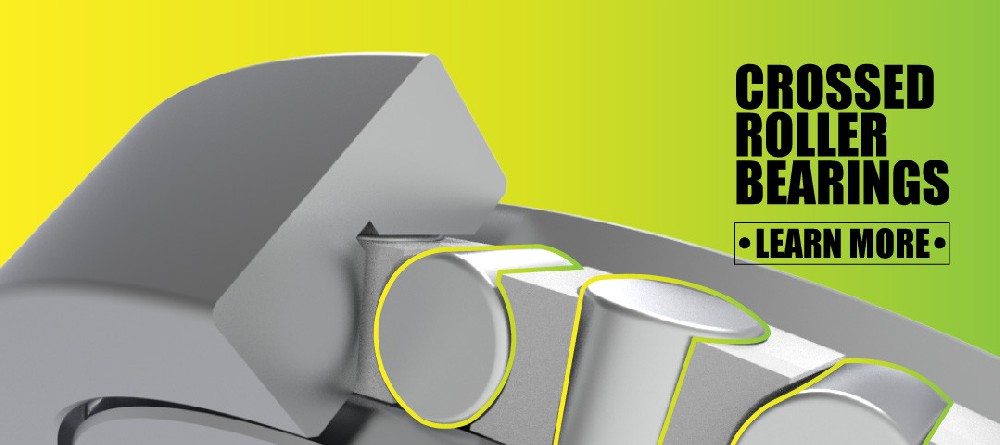机器运转时,轴承确保其平稳运行。从风扇等微型设备到大型工业设备,轴承无处不在——选择合适的轴承不仅仅是一个技术细节。它直接影响性能、效率和维护成本。
最广泛使用的两种轴承类型是滚珠轴承和 滚柱轴承虽然乍一看它们可能相似,但它们的设计处理负载和运动的方式却截然不同。滚珠轴承依靠球形滚珠,最适合轻载至中载和高速应用。另一方面,滚子轴承使用圆柱滚子或圆锥滚子,旨在承受更重的负载和更恶劣的工作条件。
如果您是设计工程师、技术员或工厂经理,了解这两者之间的差异可以帮助您做出更明智的决策——尤其是在设备可靠性至关重要的情况下。错误的选择可能会导致过早磨损、停机和成本增加。
滚子轴承与滚珠轴承:真正的区别是什么?
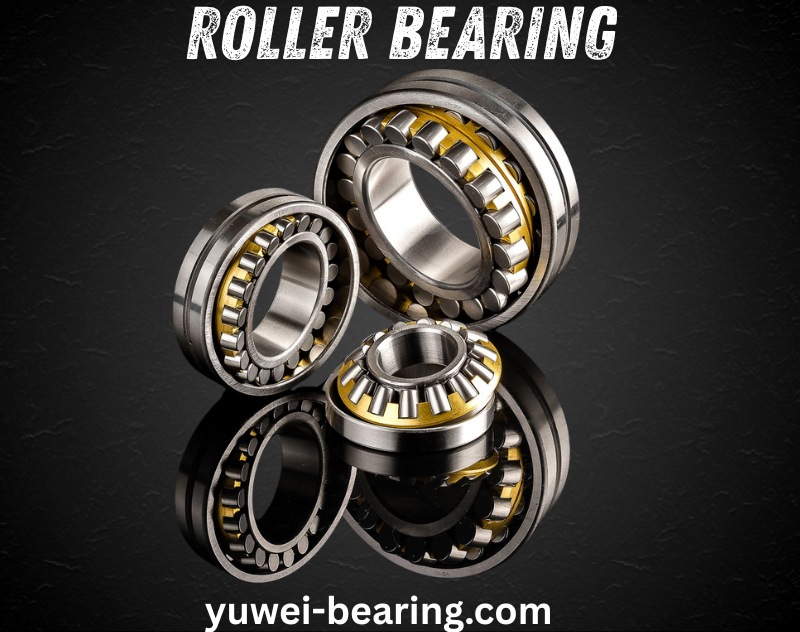
在本指南中,我们将解释滚子轴承与球轴承在功能、结构、性能和实际应用方面的不同之处,帮助您选择适合工作的轴承。
了解滚柱轴承和滚珠轴承之间的区别,对于在机械系统中选择合适的部件至关重要。这两种轴承的设计目的都是减少运动部件之间的摩擦,但它们的工作原理不同,并且针对不同的应用场合而设计。本指南将详细解释所有细节。访问 这里!
轴承到底是什么?
轴承是一种机械元件,它能够实现旋转或线性运动,同时最大限度地减少摩擦并承受应力。轴承支撑旋转轴和其他部件,是各行各业机械组件的基础。轴承的主要作用是支撑负载并减少摩擦,从而提高运动效率并延长机械寿命。
滚动轴承主要有两种类型:球轴承和滚子轴承。虽然两者的结构相似(内圈、外圈和滚动体),但滚动体的形状和性能却截然不同。
什么是滚珠轴承?
滚珠轴承使用球形滚珠作为滚动体。这些滚珠位于两个光滑的表面(称为滚道,内圈和外圈)之间,使部件以最小的摩擦力旋转。
滚珠轴承的主要特点:
- 点接触:滚珠与滚道点接触,从而降低摩擦力,使运转更平稳。
- 速度效率:由于摩擦力低,专为高速应用而设计。
- 中等负载能力:最适合中等径向和轴向载荷。
- 经济高效:由于结构简单,通常比滚柱轴承便宜。
常见应用:
- 电动机
- 风扇
- 办公设备
- 家电
滚珠轴承非常适合需要高速性能和轻载至中载的应用。然而,滚珠轴承在重载下容易变形,这限制了其在重载系统中的使用。
什么是滚子轴承?
滚柱轴承使用圆柱滚子或圆锥滚子代替滚珠。这些滚子与滚道形成线接触,从而将载荷分布到更大的区域。
滚子轴承的主要特性:
- 线接触:可以更好地分配力量,使其适合承受更重的负载。
- 更高的负载能力:可承受比滚珠轴承更大的径向和轴向载荷。
- 速度较慢:比滚珠轴承的摩擦力更大,因此不太适合高速应用。
- 更耐用:更适合冲击和重载条件。
滚子轴承的类型:
- 圆柱形:支撑重径向载荷。
- 锥:可承受轴向和径向载荷。
- 针:紧凑的设计,适合有限的空间。
- 球形:可适应错位和轴偏转。
常见应用:
- 汽车轮毂
- 工业输送机
- 变速箱
- 农业机械
在必须进行高负荷处理的工业环境和重型机械中,滚子轴承是首选。
技术比较:滚珠轴承与滚柱轴承
通过并排的格式可以更清楚地了解滚珠轴承和滚子轴承之间的区别。
| 特征 | 滚珠轴承 | 滚子轴承 |
|---|---|---|
| 滚动元件 | 球形球 | 圆柱滚子或圆锥滚子 |
| 接触面积 | 点接触 | 线接触 |
| 负载能力 | 缓和 | 高的 |
| 速度能力 | 高的 | 降低 |
| 轴向载荷处理 | 缓和 | 高(特别是锥形) |
| 径向负载处理 | 缓和 | 高的 |
| 错位公差 | 低的 | 更高(尤其是球形) |
| 耐用性 | 缓和 | 高的 |
| 成本 | 降低 | 略高 |
通过技术比较可以看出,滚子轴承在高负荷、低速条件下表现出色,而滚珠轴承则是高速、低负荷设置的理想选择。
选择合适的轴承:关键因素
要在滚珠轴承和滚子轴承之间进行选择,请考虑以下因素:
- 负载类型:
- 如果您预计径向或轴向载荷较大,请选择滚子轴承。
- 对于较轻的动态负载,滚珠轴承可能更有效。
- 速度要求:
- 在高速应用中使用滚珠轴承。
- 滚柱轴承更适合较慢、较重的操作。
- 对齐条件:
- 如果您的系统可能出现轴错位,请使用球面滚子轴承。
- 如果可以保持精确的对准,滚珠轴承就足够了。
- 空间限制:
- 滚针轴承是空间狭小场合的理想选择。
- 滚珠轴承也紧凑且用途广泛。
- 环境因素:
- 滚柱轴承能更好地抵御冲击和污染物。
- 滚珠轴承更为敏感,可能需要密封环境。
- 成本与寿命:
- 滚珠轴承最初比较便宜。
- 滚柱轴承在重载或高磨损情况下提供更好的投资回报率。
选择合适的轴承可以防止过早失效并减少维护停机时间。
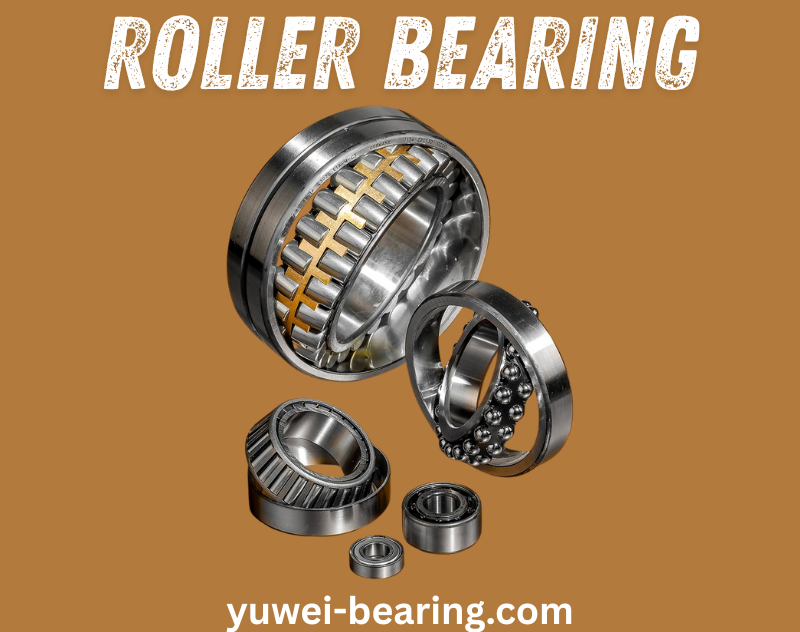
维护和故障模式
了解每种轴承类型在压力下的表现有助于预防性维护。
滚珠轴承故障模式:
- 点蚀和剥落:由随着时间的推移而产生的点接触应力引起。
- 过热:由于高速运转时润滑不足。
- 保持架故障:如果笼子很弱或者磨损。
- 腐蚀:由于潮湿或储存不当。
滚子轴承故障模式:
- 疲劳裂纹:通过重复的高负荷循环。
- 错位损坏:尤其是安装不正确时。
- 污染:会磨损滚子和滚道。
- 润滑失效:造成过度磨损和发热。
保养提示:
- 监测温度和振动。
- 确保适当的润滑。
- 必要时使用密封件或防护罩。
- 检查轴内是否有噪音或间隙。
滚子轴承在重载条件下通常使用寿命更长,但需要持续维护。
行业洞察:专家观点
机械和可靠性工程师始终如一地评估轴承类型的性能。
根据 BearingNet 2023 年的一项调查:
- 57% 工业工程师首选滚柱轴承作为工厂机械的轴承。
- 68% 一致认为轴承选择不当是导致设备早期故障的主要原因。
- 滚珠轴承 被认为更适合轻型、高速应用,如暖通空调系统和电子设备。
工程提示: 如有疑问,请分析负载路径并参考制造商的规格。滚柱轴承通常更适合工业环境,而滚珠轴承则更适合轻型消费设备。
常见的误解:揭穿真相
- 误区:滚珠轴承总是更好,因为它们更便宜。
- 现实:它们最初比较便宜,但在压力下可能会磨损得更快。
- 误解:滚子轴承仅适用于重型机械。
- 现实:许多中负荷系统也受益于增加的耐用性。
- 误区:所有轴承都可以互换。
- 现实:选择错误的轴承会影响效率并可能导致故障。
- 误区:滚柱轴承不能快速运转。
- 现实:某些设计(例如圆柱滚子)确实可以有效地管理中等速度。
- 误区:润滑并不重要。
- 现实:两种类型都需要适当的润滑以防止过热和磨损。
对团队进行有关轴承误区的教育可以减少工程设计和维护中的错误。
最终结论:何时使用哪个
| 应用领域 | 推荐轴承 |
| 高速电动机 | 滚珠轴承 |
| 汽车车轴 | 圆锥滚子轴承 |
| 轴未对准 | 调心滚子轴承 |
| 紧凑型工业机器 | 滚针轴承 |
| 一般低负荷旋转 | 滚珠轴承 |
| 重型传送带 | 圆柱滚子轴承 |
一般经验法则:
- 使用滚珠轴承可实现更轻、更快的应用并保持一致的对准。
- 当强度、负载能力和耐用性比速度更重要时,请使用滚珠轴承。
正确选择滚子轴承而不是球轴承(反之亦然)并不是为了从总体上看哪个更好,而是为了适合您的特定用例。
问答部分
问题 1:我可以直接用滚子轴承替换滚珠轴承吗?
A1:并非总是如此。外壳和轴的尺寸可能有所不同。请务必参考设备规格。
问题2:为什么滚子轴承在负载下寿命更长?
A2:它们是线接触,可以更好地分配力,减少应力集中。
Q3:哪种轴承更容易安装?
A3:由于结构简单,滚珠轴承通常更容易、更快速地安装。
问题4:滚柱轴承噪音更大吗?
A4:它们可能润滑不良或未对准,但正确安装的运行平稳。
问题5:滚子轴承需要更多维护吗?
A5:是的,尤其是在肮脏或高负荷的环境中。定期检查有助于延长使用寿命。
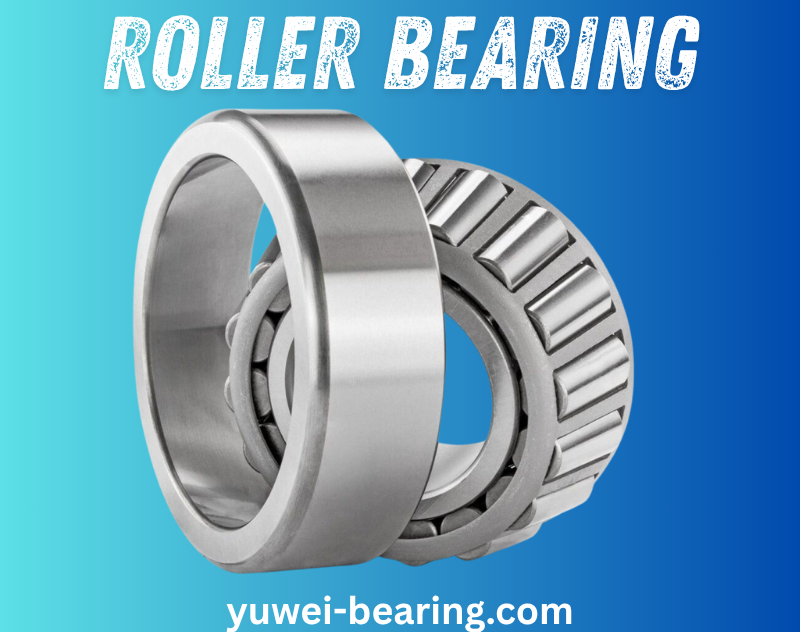
结论
选择 滚柱轴承 滚珠轴承与滚珠轴承的区别不在于孰优孰劣,而在于哪种更适合实际用途。两者的用途相同:减少摩擦和支撑运动。但它们处理负载、速度和运行条件的方式却截然不同。
滚珠轴承非常适合轻载、高速且对空间和精度要求较高的应用。它们广泛应用于电动机、风扇和消费电子产品。而滚柱轴承则注重强度。其线接触设计使其能够承受较大的径向和轴向载荷,使其成为汽车、工业和高负荷机械的理想选择。
了解这些差异有助于避免设计、操作和维护过程中代价高昂的错误。此外,通过根据具体任务选择合适的轴承类型,还能提高设备性能并延长使用寿命。
无论您是更换组件、设计新系统还是维护重型设备,在决定之前,请务必考虑负载类型、速度、对齐和环境。
